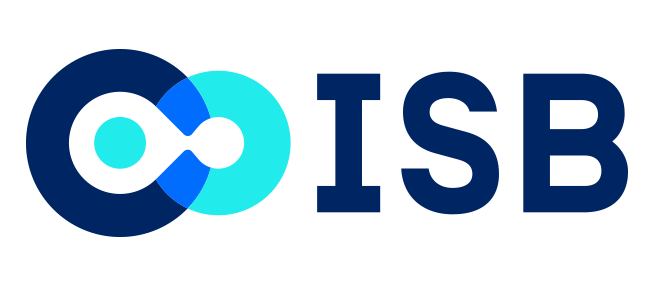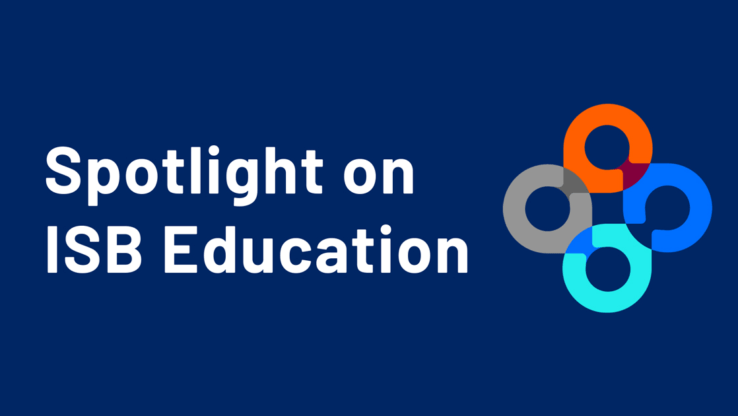Our Genomes, Our Selves
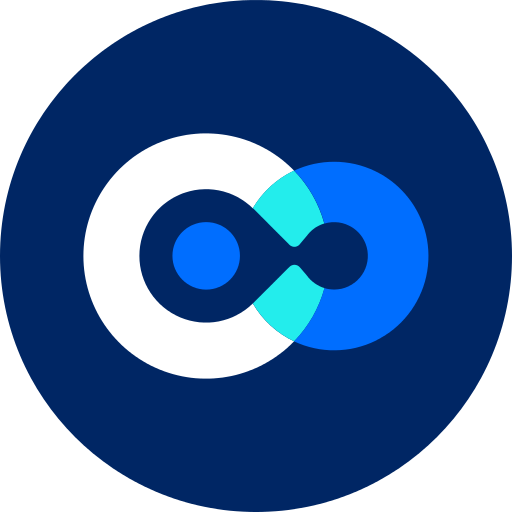 isbscience.org/news/2012/01/31/our-genomes-our-selves/
isbscience.org/news/2012/01/31/our-genomes-our-selves/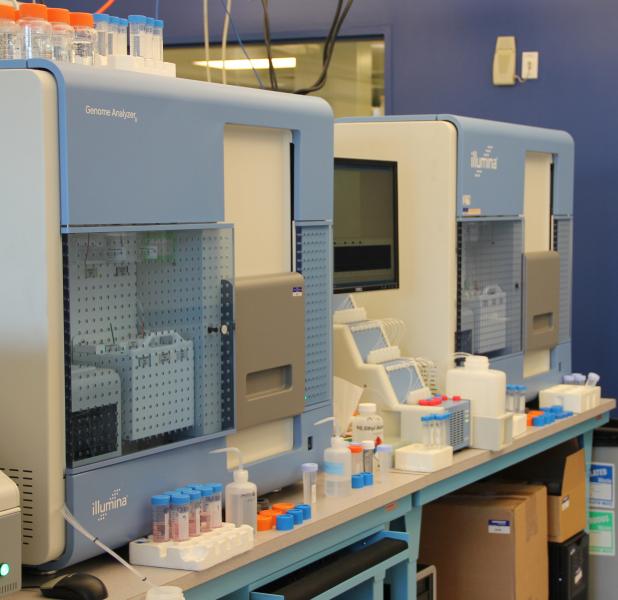
By Lee Rowen
In February of 2001 I headed off to Washington DC to participate in an extravagant celebration of scientific achievement. Preliminary drafts of the human genome’s DNA sequence were being published in Nature and Science magazines, and those of us who’d spent years immersed in the Human Genome Project were ready to exult, for one precious weekend, before spending yet more years finishing the sequence to high quality. I recall fondly the event’s enticing mixture of intelligensia and hoopla.
What had we accomplished? The humongous genomic jigsaw puzzle we’d solved by stitching together a kazillion tiny strings of nucleotide sequence has enabled biologists to access and analyze a coherent DNA landscape of our chromosomes, the inheritance of our human species. The reference human genome sequence provides a framework for asking in more detail: Who are we, as creatures in the great chain of being? How are we different from each other, from closely related primates, and from species who last shared a common ancestor with us hundreds of millions of years ago?
Our genome continues to surprise. We have dense clusters or “forests” of genes interspersed with large gene “deserts” in our chromosomal landscapes. About half of our genome consists of funky molecular fossils, a legacy of our primate ancestors. Despite our self-importance, it turns out that we have about as many protein-coding genes as a fruit fly. And we don’t even fly! In fact, only a mere two percent or so of the human genome is translated into proteins, the worker bees of the cell. An unknown percentage of the genome consists of regulatory signal motifs and sequences transcribed as non-coding RNAs. These determine or influence which subsets of proteins are made when, and which are important for cellular differentiation, physiological function, and the maintenance of the genome itself. As for the so-called “dark matter” of the genome–a morass of DNA whose raison d’etre is befuddling–there’s much to learn about how genomes create and explain biological complexity. We in the family genomics group at ISB retain our longstanding fascination with genomic mysteries and will continue to explore them.
ISB’s family genomics group’s primary focus is to investigate genetic contributors to illness and health. Human genomes vary, and the finished reference genome gives researchers a map for figuring out how and where these variations occur. We are particularly interested in family pedigrees. We joke that we got Mom’s gene for this or Dad’s gene for that—the humor reminding us that each person actually has two versions of the human genome, one inherited from each of our biological parents, who inherited genomes from their parents and so on, giving our genomes an ancestral history. Against the backdrop of a common genome shared by our species, variations in sequence account for the genomic uniqueness of individuals, families, tribes and populations. At ISB, we are exploring the sequence uniqueness of rare diseases that run in families, aiming to identify genetic causes. Thanks to sequencing technology that’s become faster and cheaper, we are obtaining the individual sequences of affected and unaffected members of multigenerational families and developing computational analysis strategies for identifying disease variant candidates for several diverse medical conditions.
Lee Hood maintains that within a decade or so, having your genome sequenced will become part of standard medical practice. The assumption is that data regarding which sequence variations I have in MY genome or you have in YOUR genome, will add intelligence to the diagnosis and treatment of diseases we might already have or be predisposed to having. This is already happening to some extent with cancer, where selective sequencing is guiding the prescription and monitoring of chemotherapies.
Lee’s vision is an awesomely grand idea, and like many sweeping conceptions, it has challenges. My aim in subsequent monthly blogs is to explore some of the technical, conceptual, social and philosophical issues surrounding our genomes and ourselves. How do we manage all of the sequence and phenotype data? How do we interpret it? How will clinicians and ordinary folk use genomic info? How does knowledge of our genomes change how we think about ourselves, each other, our lives? I invite you to explore with me.
About Dr. Lee Rowen: Lee is a Senior Research Scientist in Dr. Leroy Hood’s lab. Her pedigree includes PhDs in biochemistry from Stanford University and philosophy from Vanderbilt University. She participated in the Human Genome Project between 1990 and 2003, sequencing immune receptor loci and large portions of chromosomes 14 and 15. She achieved her fifteen minutes of fame by winning the “GeneSweep” bet for predicting the number of genes in the human genome. She is now entering the world of personal genomics.
